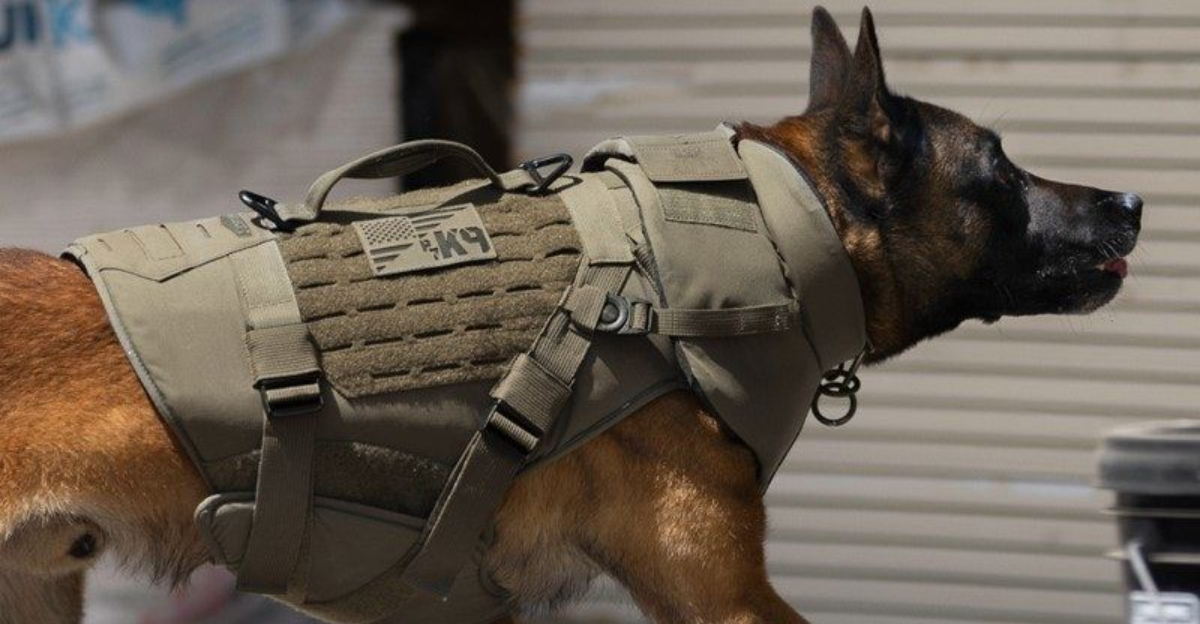Houston’s drone scene is getting a serious upgrade — and it’s not just about the tech. Meet the Belgian Malinois: fierce, fast, and smarter than your average drone pilot.
These elite pups are teaming up with aerial tech to transform search and rescue, law enforcement, and private security across the city. With relentless drive and next-level gear, they’ve become the ultimate ground support for flying machines.
From finding missing persons to navigating disaster zones, this four-legged–meets–high-tech alliance is changing the game in Houston’s drone scene.
Belgian Malinois’ High Drive Meets Drone Technology
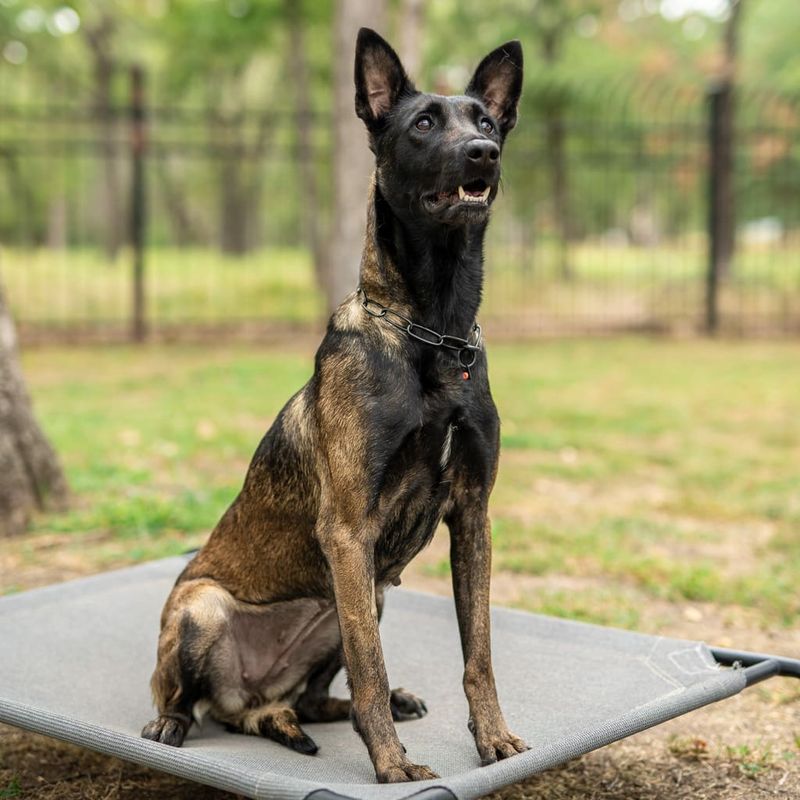
Belgian Malinois dogs pack more energy than a rocket launch. These canine athletes can sprint up to 30 mph, jump incredible heights, and work tirelessly for hours – ideal partners for Houston’s expanding drone operations.
Local handler Miguel Sanchez discovered this firsthand when his Malinois, Rex, tracked a missing hiker through Buffalo Bayou Park after drones spotted potential movement. “Rex covered ground the drones identified in minutes, following scent trails no technology could detect,” Sanchez explains.
Their natural drive to work, combined with laser-focused attention spans, makes these dogs uniquely suited for integrating with drone teams where both air and ground coverage are essential.
How These Dogs Master Complex Drone-Assisted Commands
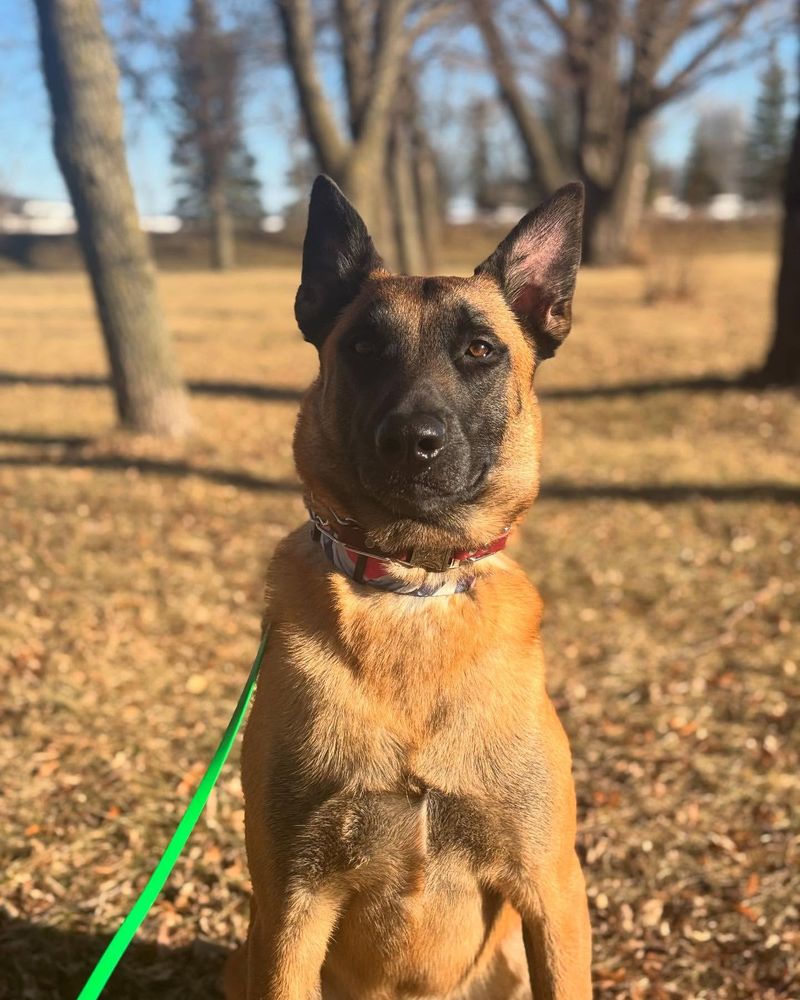
Forget basic sit-stay commands — Houston’s elite Malinois squads respond to over 30 specialized instructions during drone operations. These brilliant canines can follow hand signals from more than 100 yards away, allowing handlers to direct them even while monitoring drone feeds.
Training starts early, with puppies introduced to drone sounds as young as 12 weeks old. By adulthood, they’re completely unfazed by the whir of propellers — a noise that would distract less experienced dogs.
The Houston K9 Academy’s “Drone Integration Program” pairs each dog with specific drones, teaching them to track targets spotted from the air. One standout graduate, K9 Maverick, recently located an Alzheimer’s patient within just seven minutes of a drone detecting unusual movement in a wooded area.
GPS Tracking Systems That Connect Dogs to Drone Networks

Space-age GPS collars have transformed how Houston’s Malinois teams operate in the field. These weatherproof wonders weigh just 3.2 ounces but pack satellite connectivity that pinpoints dogs within 3 feet of their actual position.
The real magic happens when these collars sync with drone systems. Handlers view split-screen displays showing both dog and drone positions, creating a coordinated search grid that covers twice the area in half the time.
I watched in amazement as Officer Reyes’ K9 partner Stella worked a search pattern completely in sync with an overhead drone. The collar’s built-in temperature sensors also alert handlers to potential heat stress – crucial during Houston’s brutal summer months when these energetic dogs won’t voluntarily slow down.
Eye in the Sky, Eyes on the Ground: Tactical Canine Body Cameras
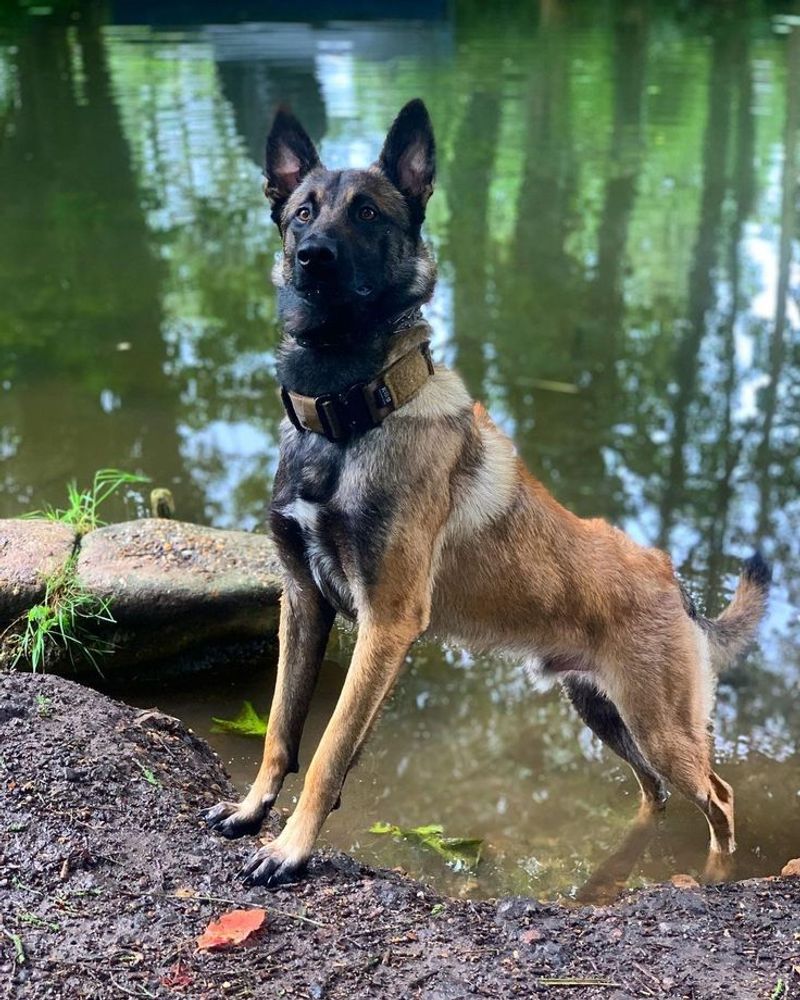
Lightweight carbon-fiber body cameras mounted on specialized K9 harnesses have revolutionized Houston’s dog-drone teams. Weighing just 2.3 ounces, these cameras stream HD video directly to both handler devices and drone operator stations.
The footage provides ground-level perspectives that perfectly complement aerial drone views. Thermal imaging capabilities make these cameras particularly valuable during night operations when dogs can access areas drones can’t navigate.
Houston PD recently credited this dual-perspective approach for locating three children who wandered into the bayou system. The drone spotted movement, while K9 Ranger’s body camera revealed the exact location under heavy foliage where the children were hiding, scared but unharmed.
Noise-Canceling Headsets for Drone-Adjacent Operations

Drone propellers create a distinctive whirring noise that can reach 85 decibels — enough to interfere with verbal commands to working dogs. Houston’s K9 units solved this problem with specialized canine headsets that reduce ambient noise while boosting handler instructions.
These sleek, custom-fitted devices wrap comfortably around the dog’s head without restricting ear movement. The technology filters out drone sounds while enhancing human voice frequencies.
K9 officer Zeus demonstrated this gear during a warehouse search last month. Despite four drones operating indoors and generating substantial noise, he responded instantly to whispered commands through his headset. The manufacturer reports a 300% increase in command accuracy in high-noise environments when dogs wear these futuristic hearing aids.
Next-Generation Protective Vests for Aerial-Ground Teams
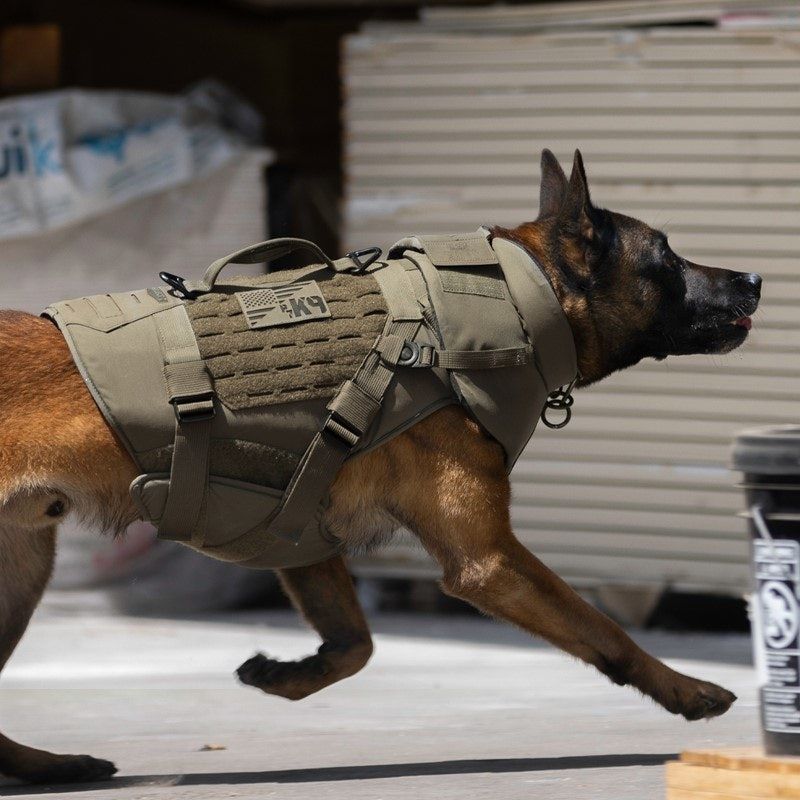
Cutting-edge protective vests shield Houston’s Belgian Malinois from hazards they encounter while following drone-identified targets. These aren’t your standard K9 vests – they’re engineered with the same materials used in spacecraft heat shields.
The ultra-lightweight Kevlar-ceramic composite weighs just 1.8 pounds but stops bullets, prevents punctures, and reflects heat. Strategic cooling channels prevent overheating in Houston’s humidity.
Each vest features quick-release mechanisms allowing handlers to remove them in seconds if a dog needs to access tight spaces or water. Reflective panels and LED lighting make dogs visible to drone operators in low-light conditions, while built-in attachment points secure additional gear like communication devices or first-aid supplies.
The Command Hub Where Dogs and Drones Connect
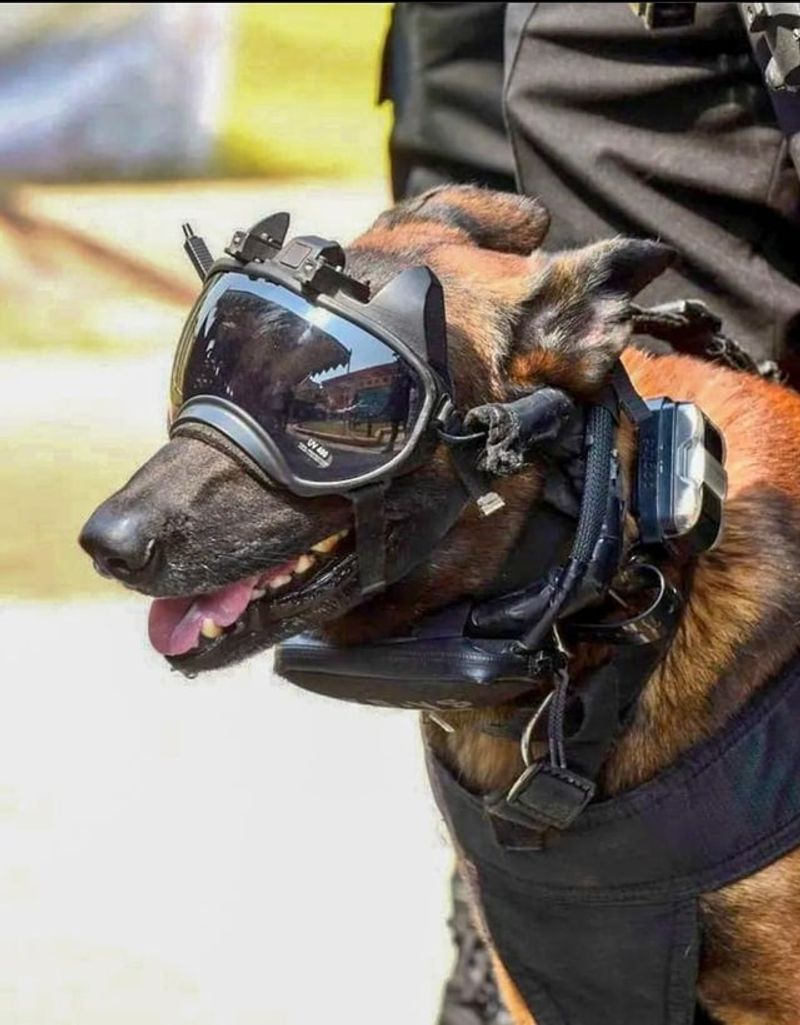
Houston’s most advanced K9-drone teams operate from mobile command centers that could make NASA jealous. These retrofitted vehicles feature dual monitoring stations — one for tracking drone feeds, the other for displaying real-time data from the dogs’ wearable tech.
The command hub processes canine vital signs, GPS positioning, and body camera footage while simultaneously managing drone flight paths. AI software generates optimal search patterns based on terrain, weather, and the dog’s current stamina levels.
During last hurricane season, these mobile units proved invaluable. When flooding rendered roads impassable, drones identified safe routes while dogs, equipped with high-tech gear, located stranded residents. This coordinated air-ground strategy cut rescue times by 40% compared to traditional methods, conserving both human and canine resources during critical operations.
